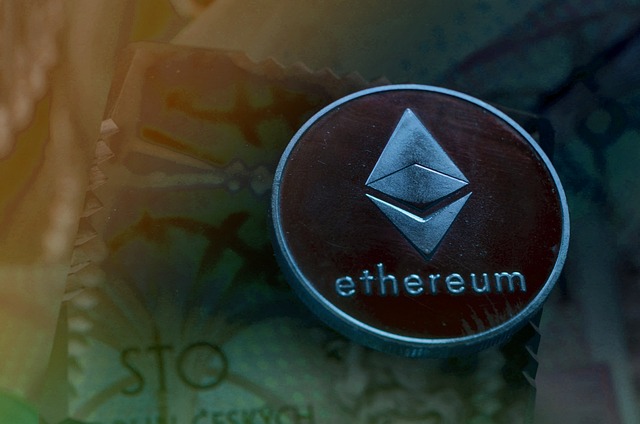Table of Contents
Hey there! If you're fascinated by the world of cryptocurrencies and are eager to dive into programming smart contracts, then you're in the right place. Today, we're unpacking Solidity, the go-to language for developing on Ethereum and Polygon networks. Whether you're a budding programmer, a data scientist interested in blockchain data, or just a tech enthusiast, this guide will arm you with the tools to start building your own decentralized applications (dApps).
Introduction to Solidity
Solidity is an object-oriented programming language specifically designed for creating and implementing smart contracts on blockchain platforms like Ethereum. Smart contracts automatically execute, control, or document legally relevant events and actions according to the terms of a contract or an agreement.
Solidity on Ethereum and Polygon
Ethereum is the pioneer in blockchain-based smart contracts, while Polygon (formerly Matic Network) acts as a framework for building interconnected blockchain networks. They both support Solidity but offer different benefits. Ethereum is well-known for its security and extensive network, whereas Polygon offers scalability and faster transactions at lower costs.
Why Use Solidity?
Solidity is crucial for developers looking to engage with the most innovative sectors of tech: decentralized finance (DeFi), non-fungible tokens (NFTs), and automated decentralized organizations (DAOs). Understanding Solidity opens up a world of possibilities in both financial and non-financial blockchain applications.
Key Concepts of Solidity
To get started, here are some fundamental concepts you'll need to know:
Data Types
Solidity handles familiar data types which include but are not limited to:
- Booleans:
bool - Integers:
uintfor unsigned integers,intfor signed integers - Address: Holds a 20-byte value (Ethereum address).
- Bytes: Fixed (
bytes1tobytes32) and dynamic (bytes) arrays. - Strings: A dynamic array of characters.
Basic Structure of a Solidity Contract
Here's a simple example of what a Solidity smart contract looks like:
|
1 2 3 4 5 6 7 8 9 10 11 12 13 14 15 16 |
pragma solidity ^0.8.0; // Specifies the compiler version contract HelloBlockchain { // State variable to store a number uint256 public number; // Function to store the number function storeNumber(uint256 _number) public { number = _number; } // Function to retrieve the number function retrieveNumber() public view returns (uint256){ return number; } } |
Functions in Solidity
Functions are the executable units within a contract. Solidity provides various types of functions based on their visibility:
- Public: Can be called both internally and externally
- External: Only callable outside the contract
- Internal: Only callable inside the contract or derived contracts
- Private: Restricted to the contract they are defined in
Using Remix IDE
Remix IDE is a powerful open-source tool that allows you to write Solidity contracts straight from your web browser. It provides features like static analysis, testing, debugging, and deploying of smart contracts.
Writing Code in Remix
To begin with Remix:
- Navigate to the Remix IDE in your browser.
- Create a new file by clicking on the "+" icon in the file explorers pane.
- Write your Solidity code or paste the example given above.
Deploying a Contract

To deploy your smart contract on Ethereum or Polygon using Remix:
- Go to the "Deploy & Run Transactions" plugin.
- Choose the "Injected Web3" environment to connect to your MetaMask.
- Select the contract you want to deploy from the drop-down menu.
- Click on "Deploy".
Once deployed, you can interact with your contract directly from Remix.
Smart Contracts in Action

Deploying your first smart contract is just the beginning. As you become more familiar with Solidity, you can start exploring more complex contract structures, such as those involving inheritance, interfaces, and even libraries.
Solidity and smart contracts enable developers to create applications that are not just decentralized but also immutable, transparent, and secure. Whether you're tracking supply chains or creating a digital art marketplace, the potential is vast.
Wrapping Up
The journey into blockchain development can be challenging but rewarding. With Solidity, you equip yourself with a key tool to participate in the next wave of digital innovation. Dive into coding, keep experimenting with new ideas, and who knows? Maybe you’ll be the one behind the next big dApp on Ethereum or Polygon. Happy coding, and may your curiosity lead you to revolutionary innovations in the blockchain space!

